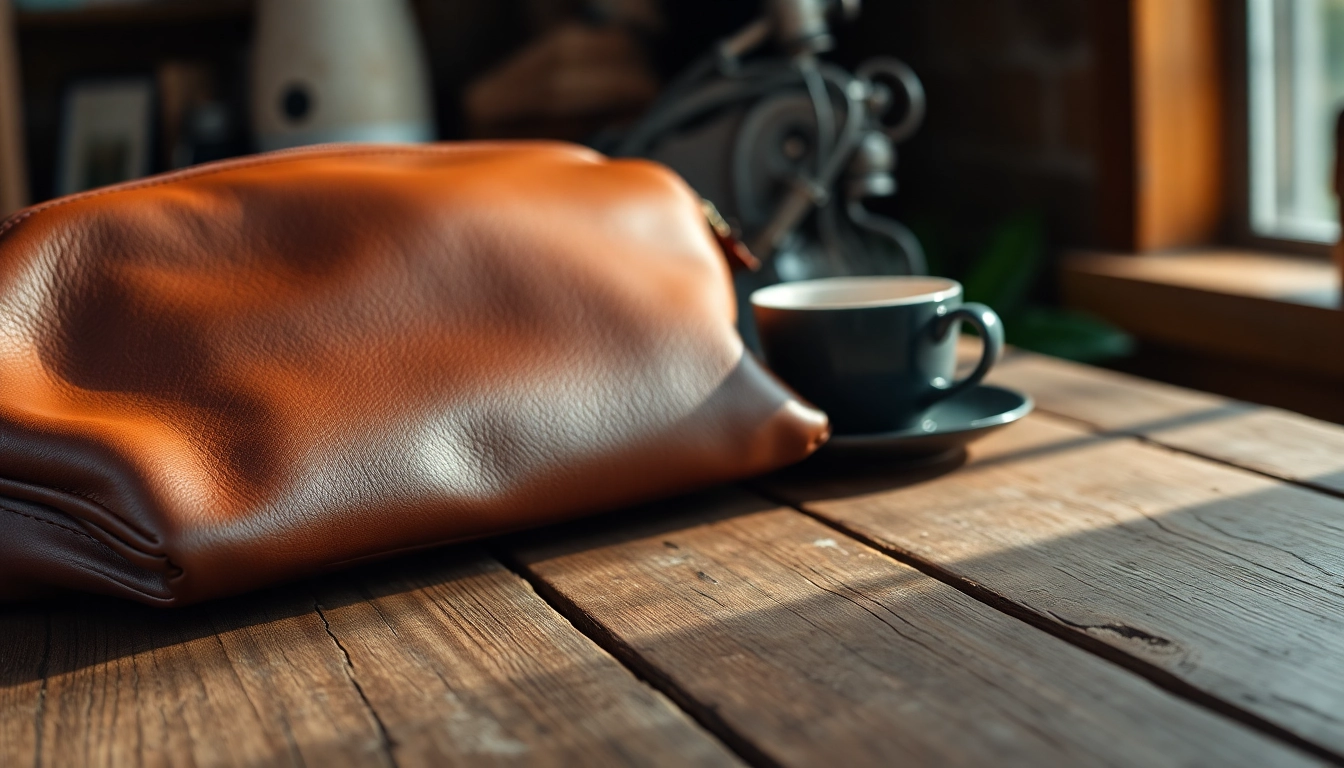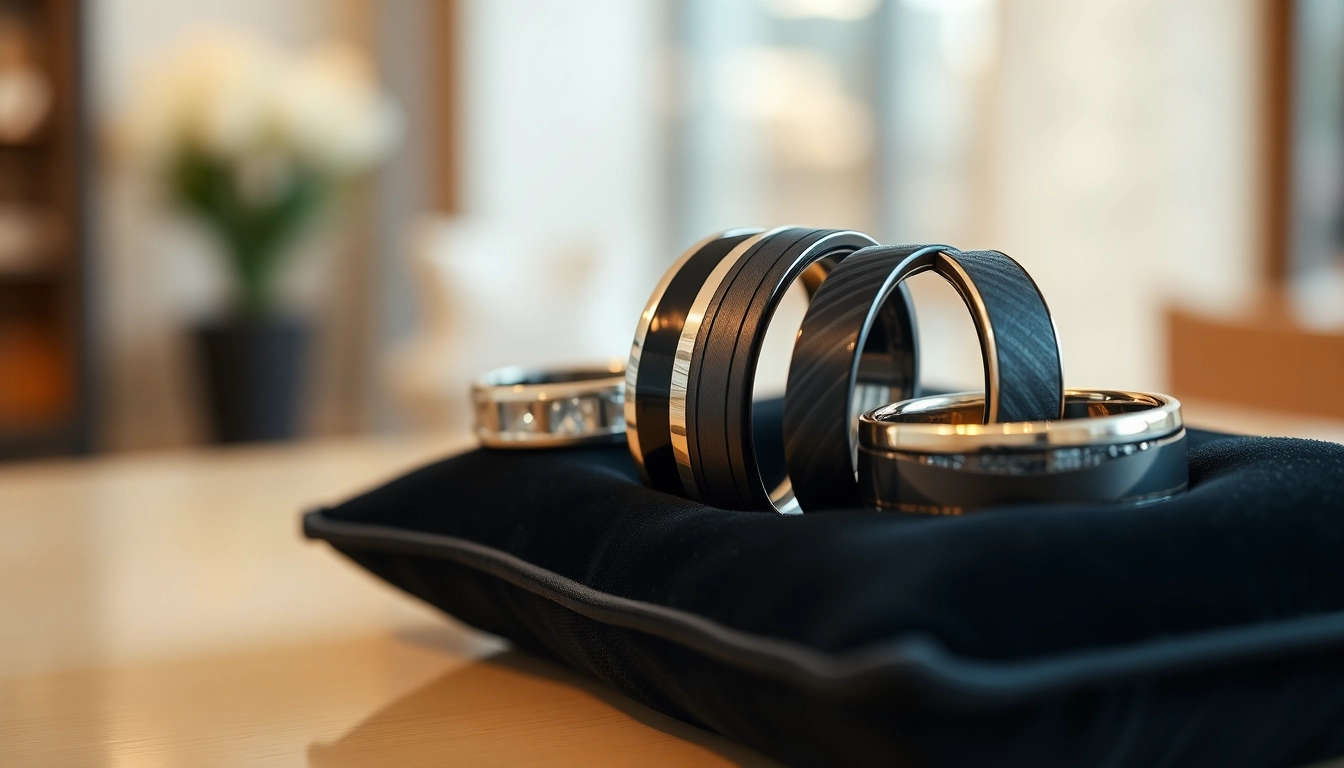The Rise of Coffee leather
The quest for sustainable materials has gained significant momentum in recent years, pushing inventors and brands to seek innovative solutions that minimize environmental impact while still delivering quality products. Among these innovations is Coffee leather, a remarkable alternative to traditional leather sourced from an unusual yet abundant resource: coffee waste. This article delves into various aspects of Coffee leather, exploring its history, benefits, applications, challenges, and maintenance, presenting a comprehensive guide for anyone interested in the potential of this eco-friendly material.
What is Coffee leather?
Coffee leather is a sustainable material crafted primarily from spent coffee grounds, which are typically discarded after brewing coffee. By using these remnants, innovators have developed a new form of leather that not only utilizes waste but also embodies a distinctive aesthetic and texture. This alternative leather product captures the essence of real leather while offering a unique appeal through its natural coffee aroma and rich coloration. The process of making Coffee leather includes blending coffee grounds with other sustainable materials to create a flexible, durable, and environmentally friendly fabric suitable for various applications.
History and development of Coffee leather
The concept of Coffee leather emerged as part of a broader movement towards reducing waste and enhancing sustainability in manufacturing. Initial experiments date back to various innovative projects highlighting bio-materials, wherein communities looked to repurpose everyday waste. As the coffee industry produces millions of tons of spent grounds annually, researchers and artisans began recognizing its potential beyond the coffee cup. Over time, prototypes evolved, leading to the development of techniques that enhance the performance and quality of Coffee leather. This journey reflects a harmonization of traditional craftsmanship with contemporary eco-friendly practices, laying the groundwork for Coffee leather’s rise in the sustainable fashion and design markets.
The sustainability aspect of Coffee leather
Sustainability is at the heart of Coffee leather’s appeal. With a robust commitment to reducing waste, the production of Coffee leather provides multiple environmental benefits. By transforming coffee grounds, which would otherwise contribute to landfill over time, this material minimizes the ecological footprint associated with traditional leather production and synthetic alternatives. Coffee leather manufacturing processes also prioritize low-impact methods, often avoiding harmful chemicals used in tanning traditional leathers. Thus, the environmental footprint is significantly lower, aligning with consumers’ increasing preference for sustainable alternatives that do not compromise quality or style.
Benefits of Using Coffee leather
Environmental advantages of Coffee leather
The most substantial environmental advantage of Coffee leather is its ability to recycle waste and prevent it from entering the waste stream. By utilizing spent coffee grounds, the material not only diverts waste but also contributes to the circular economy. Furthermore, Coffee leather requires less water and energy during its production compared to traditional leather, which necessitates extensive water use and energy-consuming tanning processes. Through innovative recycling and manufacturing techniques, Coffee leather serves as a model for sustainable material production, encouraging industries to adopt similar practices for various other waste materials.
Durability and style of Coffee leather
Beyond its environmental benefits, Coffee leather boasts impressive durability and style. The combination of coffee grounds with other polymers offers a robust and resilient material that withstands wear and tear. Users have reported that Coffee leather products retain their aesthetic and functionality over extended periods, making them favorable for daily use. Additionally, the unique texture and natural coffee scent give each piece an exclusive charm, further enhancing its appeal. Designers are utilizing Coffee leather in a range of styles and finishes, ensuring versatility while catering to varying consumer tastes.
Health benefits compared to traditional leather
In terms of health benefits, Coffee leather is often recognized as a more hypoallergenic option compared to traditional leather. The absence of harmful chemicals typically found in conventional tanned leather reduces the risk of adverse skin reactions for sensitive individuals. Additionally, the natural properties of caffeine present in Coffee leather might even possess antimicrobial characteristics, adding another layer of protection against bacteria and odors. For consumers increasingly wary of the health implications of materials in their lifestyles, Coffee leather stands out as a healthier option.
Applications of Coffee leather
Fashion items made from Coffee leather
The fashion industry is one of the most significant adopters of Coffee leather, with designers leveraging its innovative nature to create stylish and eco-conscious products. From handbags and wallets to shoes and jackets, Coffee leather offers a diverse range of possibilities for fashion items. Its unique texture and fragrance make it appealing for statement pieces that resonate with environmentally mindful consumers. Several upcoming fashion brands are centered around sustainability, further promoting the integration of Coffee leather into mainstream fashion and providing consumers with appealing options without compromising their ethical values.
Interior design and furniture uses
In addition to fashion, Coffee leather is making its way into interior design and furniture applications. Designers are increasingly incorporating Coffee leather into upholstery, soft furnishings, and decorative elements, providing an eco-friendly alternative for consumers looking to reduce their environmental impact. Its versatility allows it to fit seamlessly into various design aesthetics—whether modern, rustic, or eclectic. Notably, Coffee leather’s durability adds to its usability in high-traffic areas, making it an ideal choice for furniture that marries comfort with sustainability.
Innovative products created from Coffee leather
The potential applications of Coffee leather are truly limitless. Innovators are continually exploring new products made from this material, leading to exciting creative possibilities. Beyond fashion and interiors, Coffee leather is finding applications in tech accessories, including cases for phones and laptops, providing both protection and an eco-conscious design. Even niche markets, such as pet products and eco-friendly packaging solutions, are emerging, emphasizing the forward-thinking potential of utilizing Coffee leather. As more research is conducted, the expansion of products made from this material will only continue to rise.
Challenges in Coffee leather Production
Potential quality control issues
While Coffee leather presents numerous advantages, there are still challenges to consider in its production. One notable issue is ensuring consistent quality across batches. Variability in the coffee grounds sourced, along with differences in production methods and conditions, can lead to inconsistencies in the final product’s appearance and durability. To address this, manufacturers must establish stringent quality control processes, including thorough testing and standardized production techniques, to ensure that products meet consumer expectations reliably.
Market acceptance and awareness of Coffee leather
Another challenge that Coffee leather faces is market acceptance and consumer awareness. As a relatively new material, many consumers may not yet be familiar with its benefits or might have misconceptions about its performance compared to traditional leather. Educating the public about the advantages and uses of Coffee leather is crucial for driving its acceptance in the marketplace. Collaborative efforts between brands and sustainability advocates can play a pivotal role in demystifying Coffee leather and creating demand for this innovative product.
Future trends in Coffee leather manufacturing
Looking forward, the future of Coffee leather manufacturing appears bright. As sustainability continues to gain traction across various industries, it is likely that more companies will invest in research and development for this eco-friendly alternative. Innovations in production processes could lead to improved performance characteristics, potentially allowing Coffee leather applications to expand into new markets. Collaboration between tech and fashion industries may result in innovative products unheard of in traditional materials, broadening the appeal and use of Coffee leather in contemporary design.
How to Care for Coffee leather
Cleaning techniques for Coffee leather products
Maintaining the longevity of Coffee leather products involves following specific cleaning techniques to ensure they remain in optimal condition. For regular upkeep, it is recommended to use a soft, damp cloth to wipe down the surface and remove any dirt or stains. Avoid harsh chemicals or cleaners that could damage the material. Additionally, for more stubborn stains, a mild soap solution can be applied gently with a cloth, followed by thorough rinsing and drying to avoid moisture retention.
Maintaining the longevity of Coffee leather
To prolong the lifespan of Coffee leather, it is essential to protect it from excessive exposure to heat and moisture. Storing items in a cool, dry place can prevent any warping or deformations that may arise from improper conditions. Using leather conditioning products specifically designed for Coffee leather can also help maintain its suppleness and appearance. Regular maintenance ensures the material stays resilient and continues to capture the chic essence it represents.
Repairing common issues with Coffee leather
Even with proper care, minor issues may arise over time. Small scratches or scuffs can often be addressed by applying a little warmth from a hairdryer and gently rubbing the area to help restore the natural texture of the leather. For more significant damage, such as tears, professional repair may be the best option. By addressing these minor issues promptly and following best practices in maintenance, users can ensure that their Coffee leather products remain functional and aesthetically pleasing for years to come.



